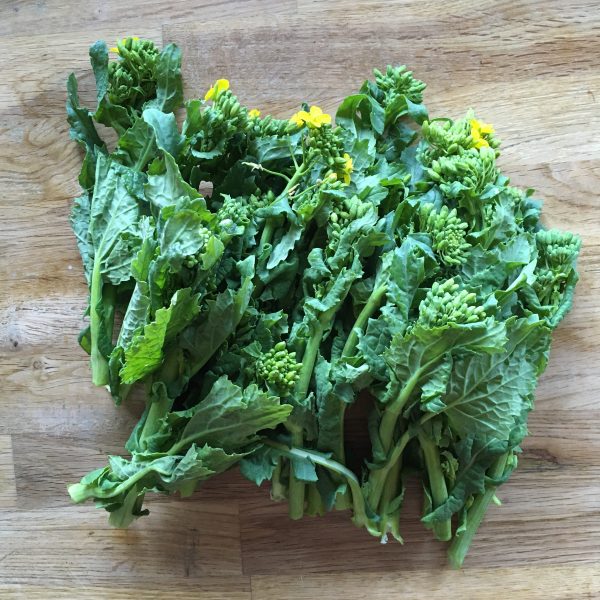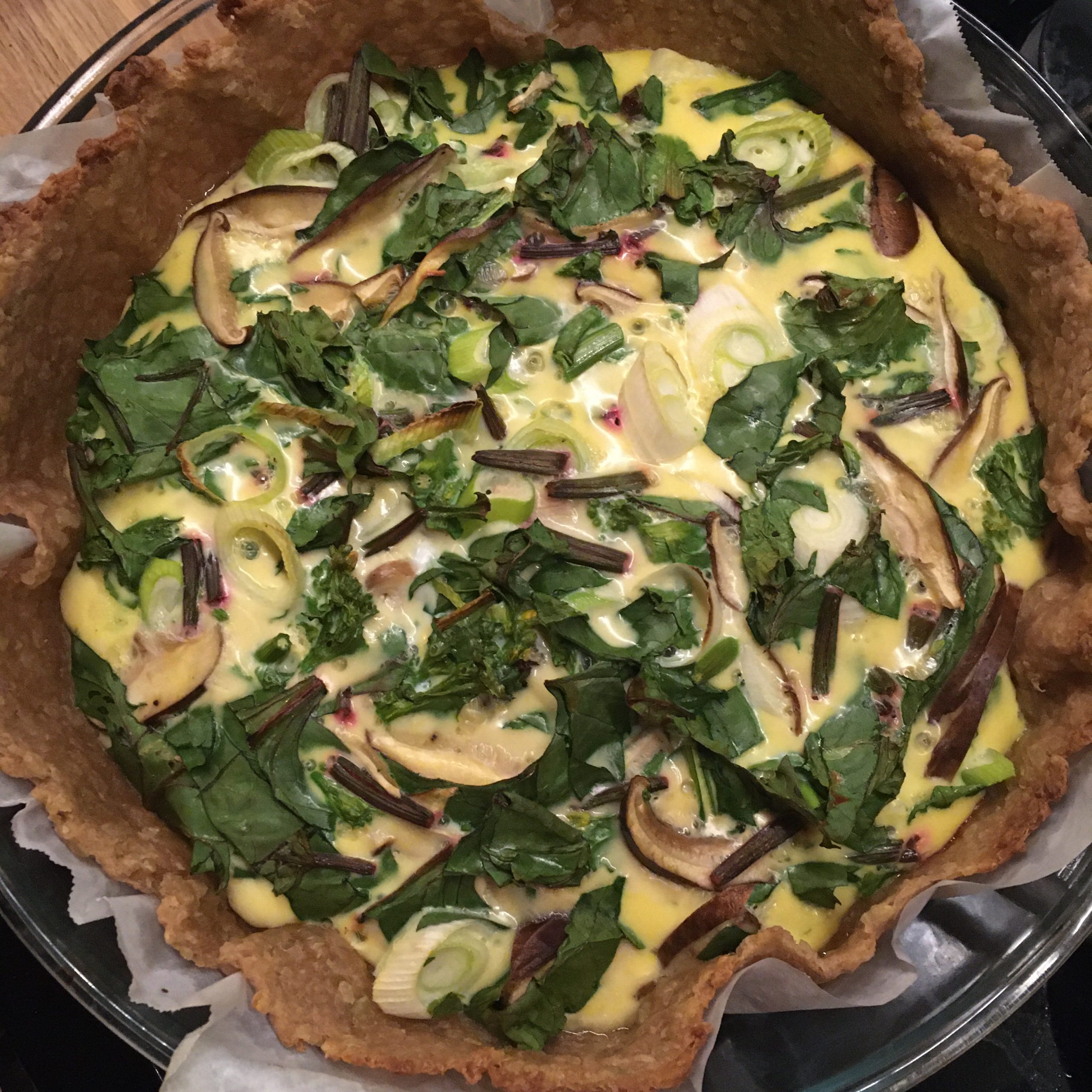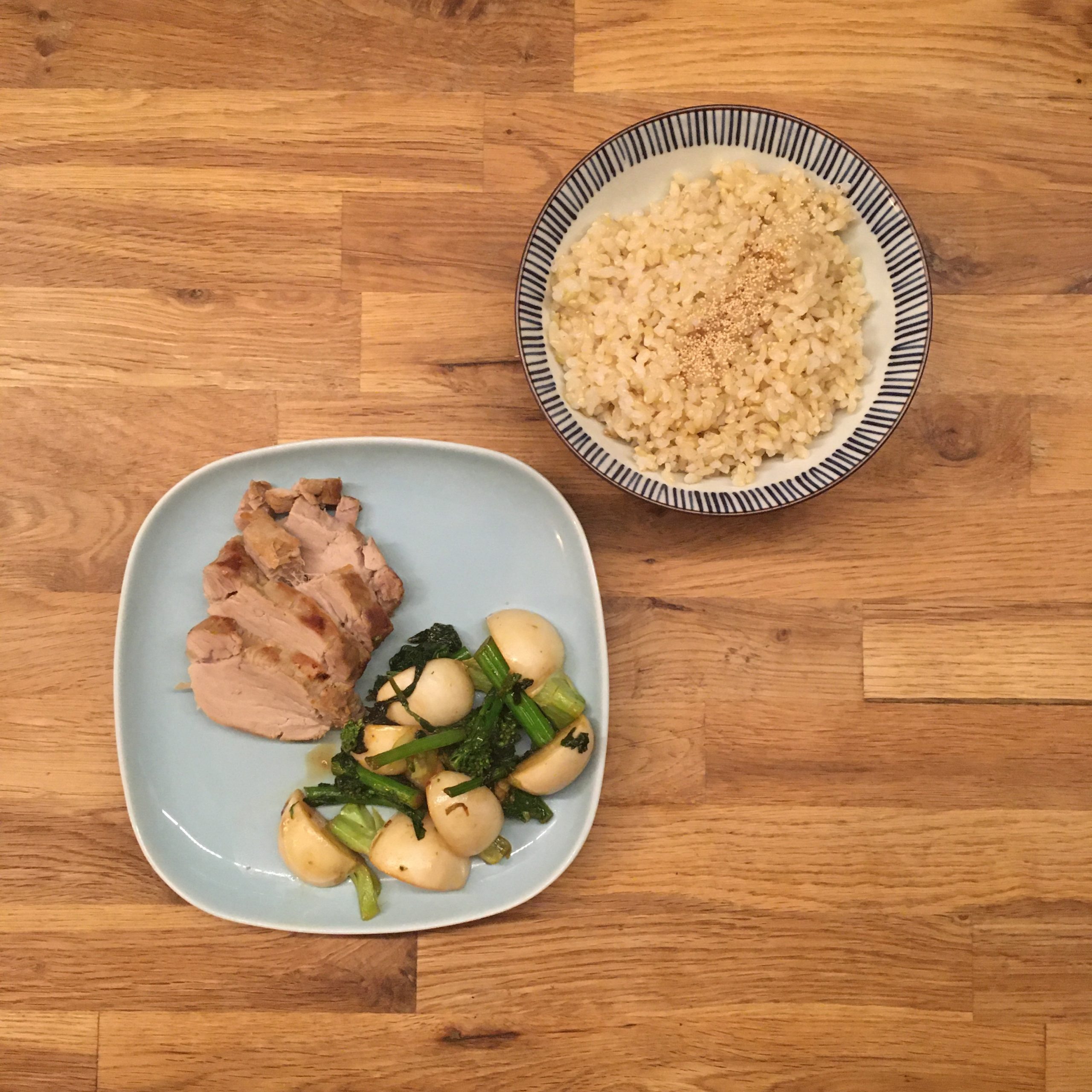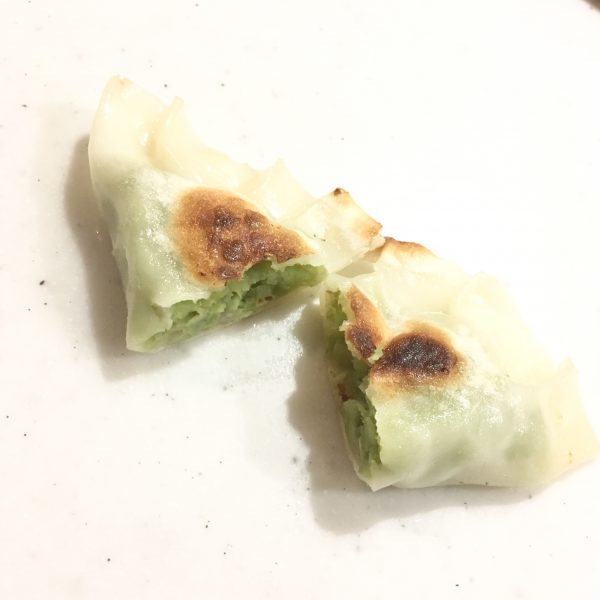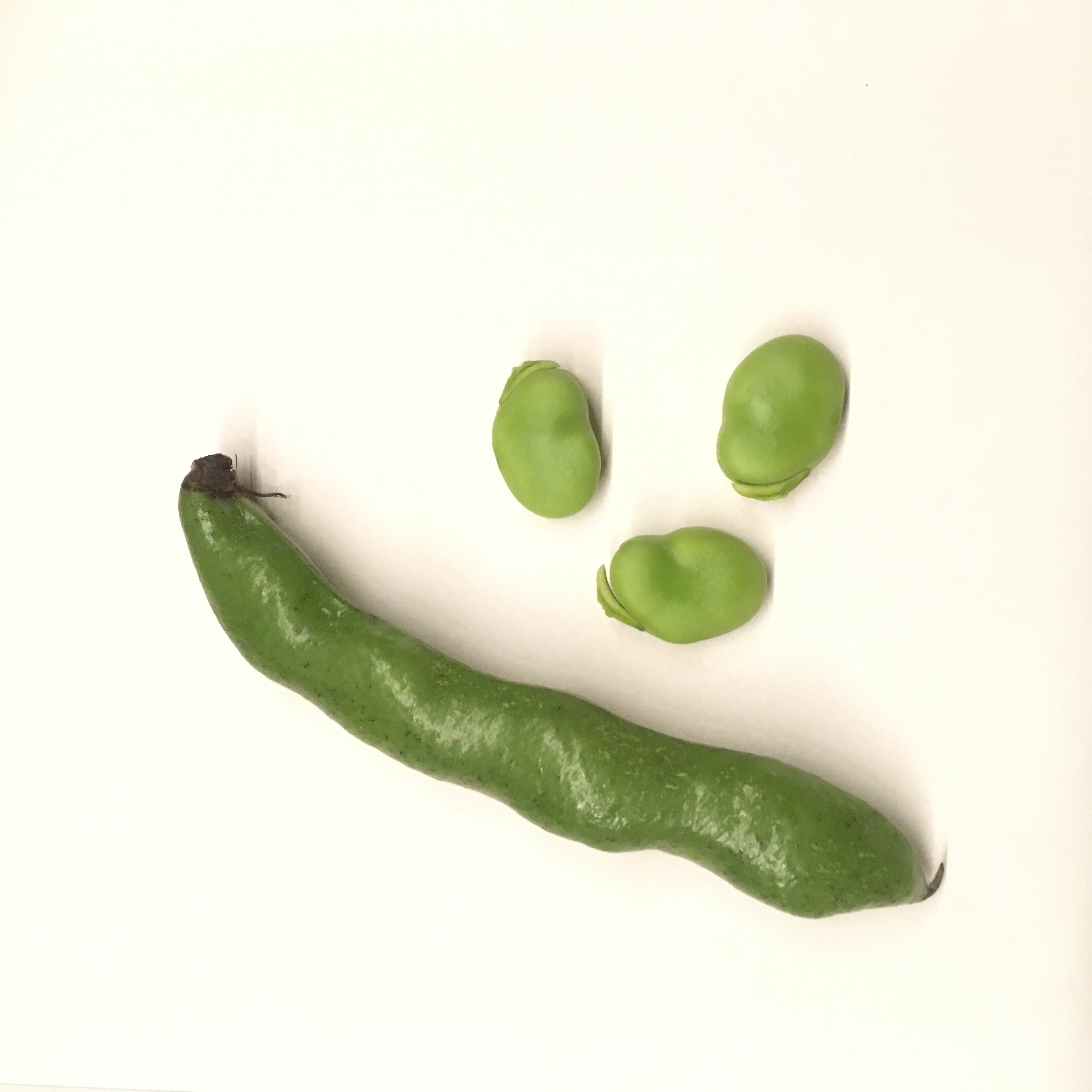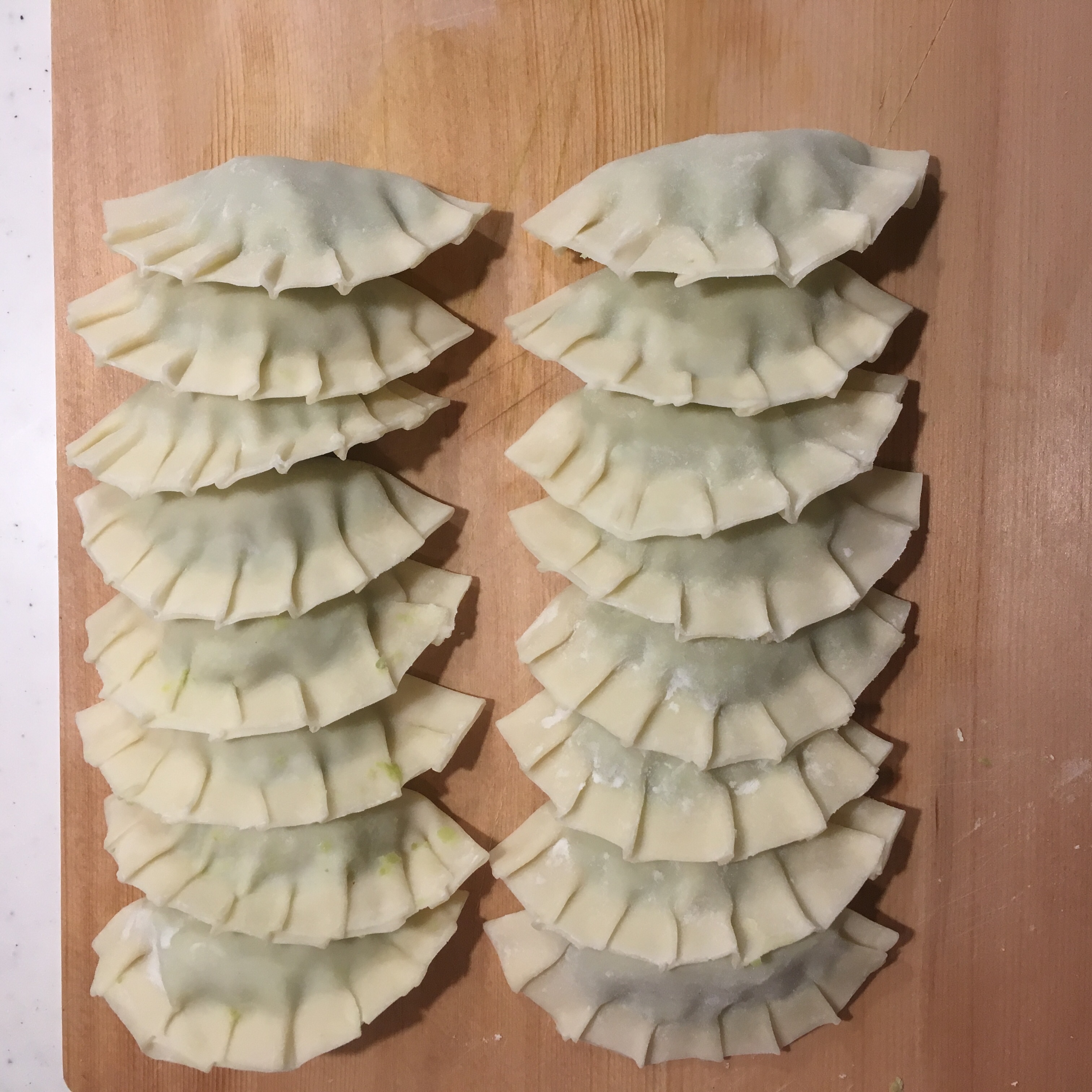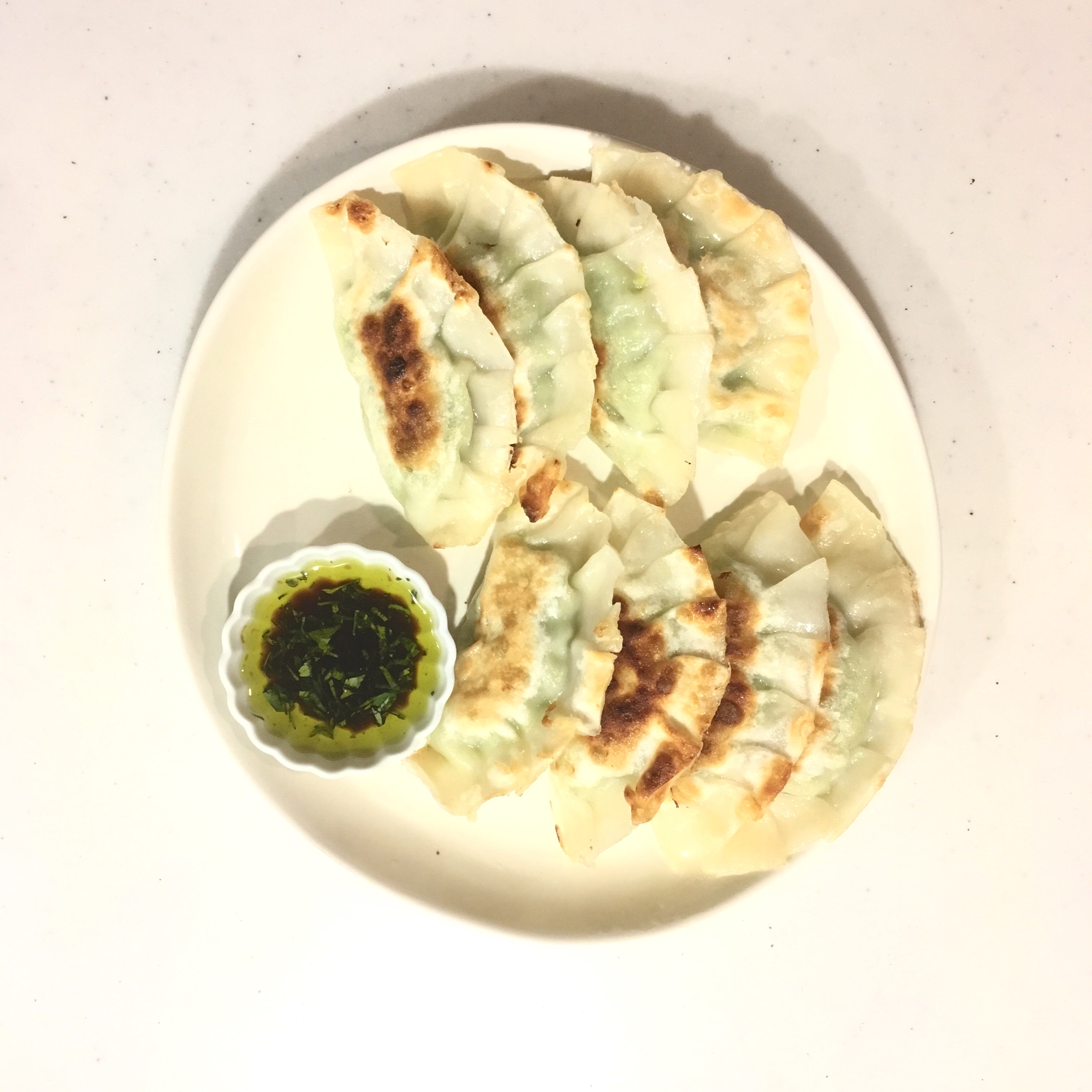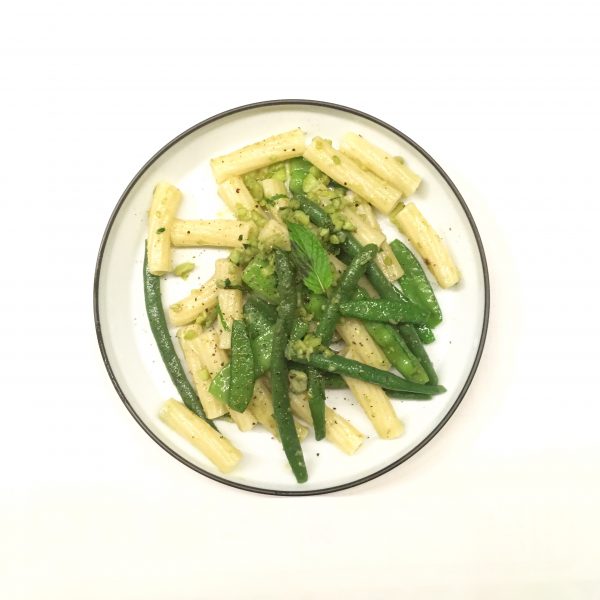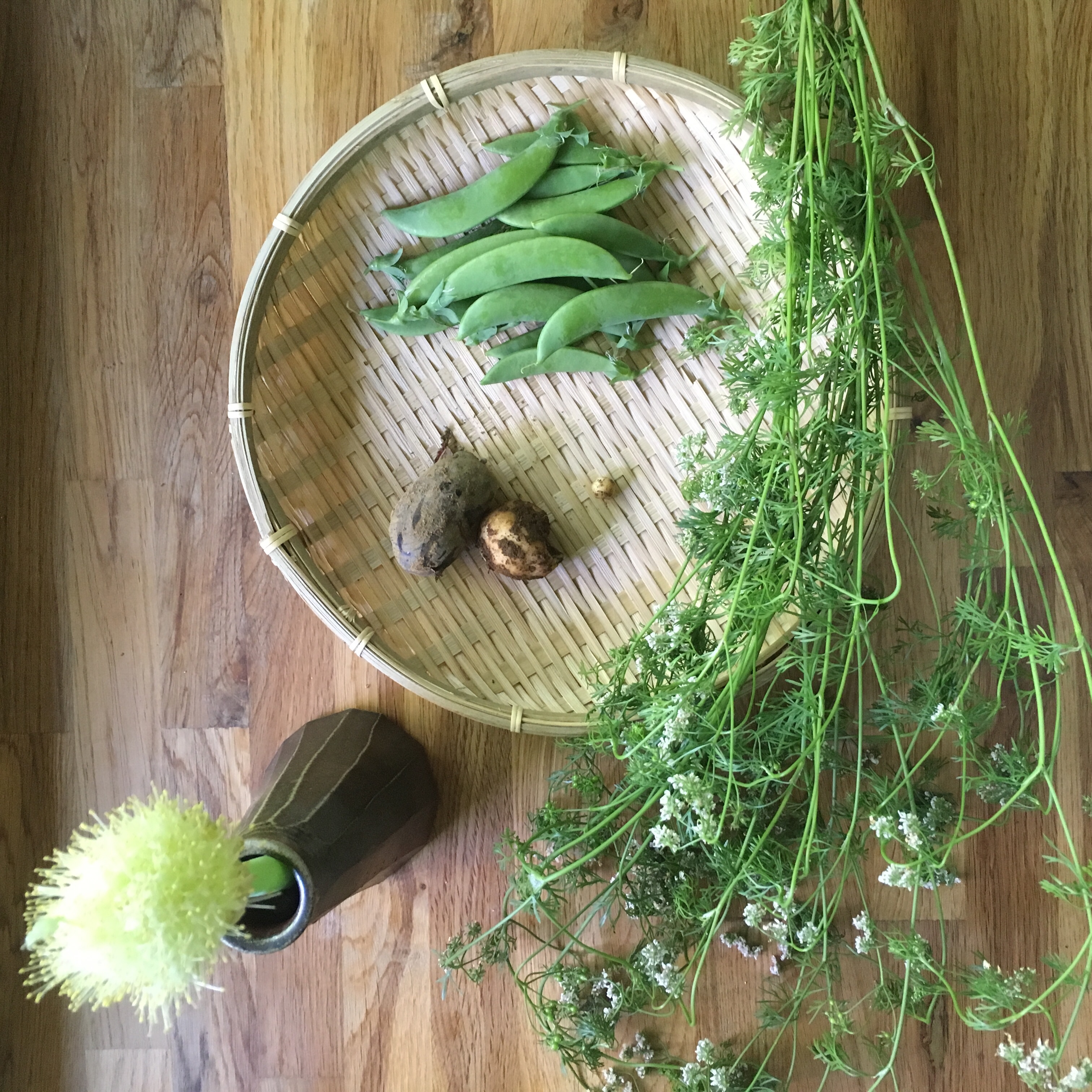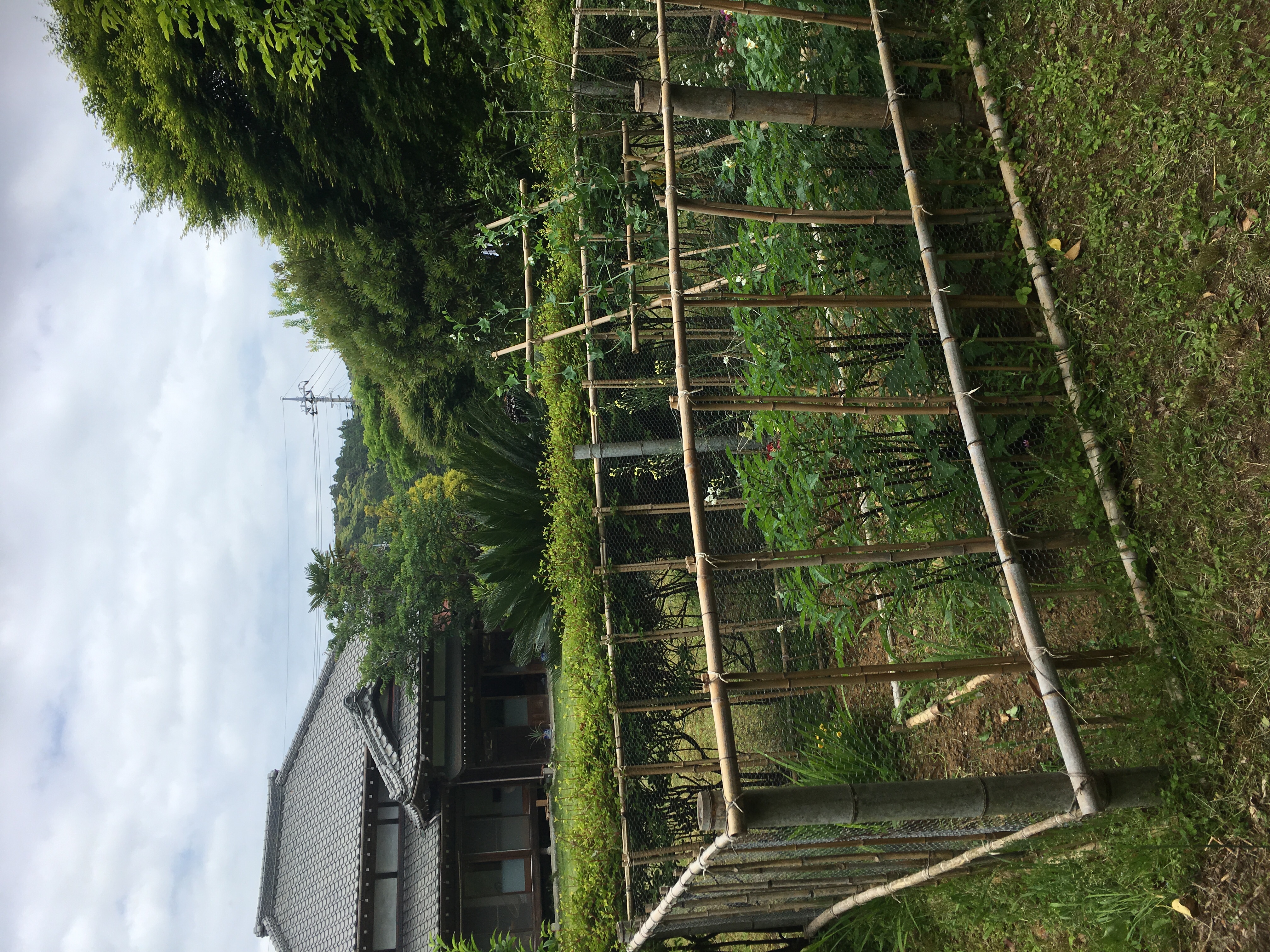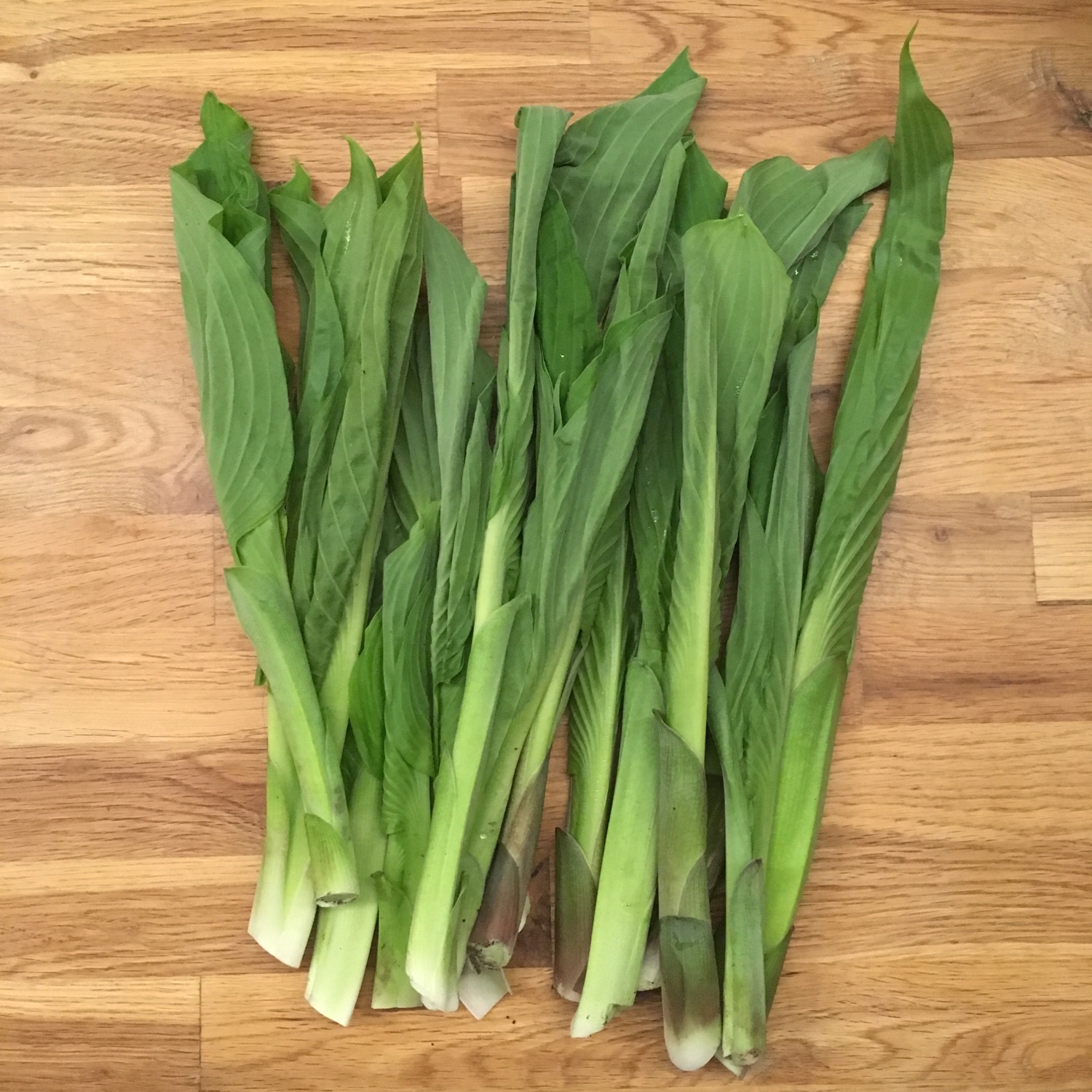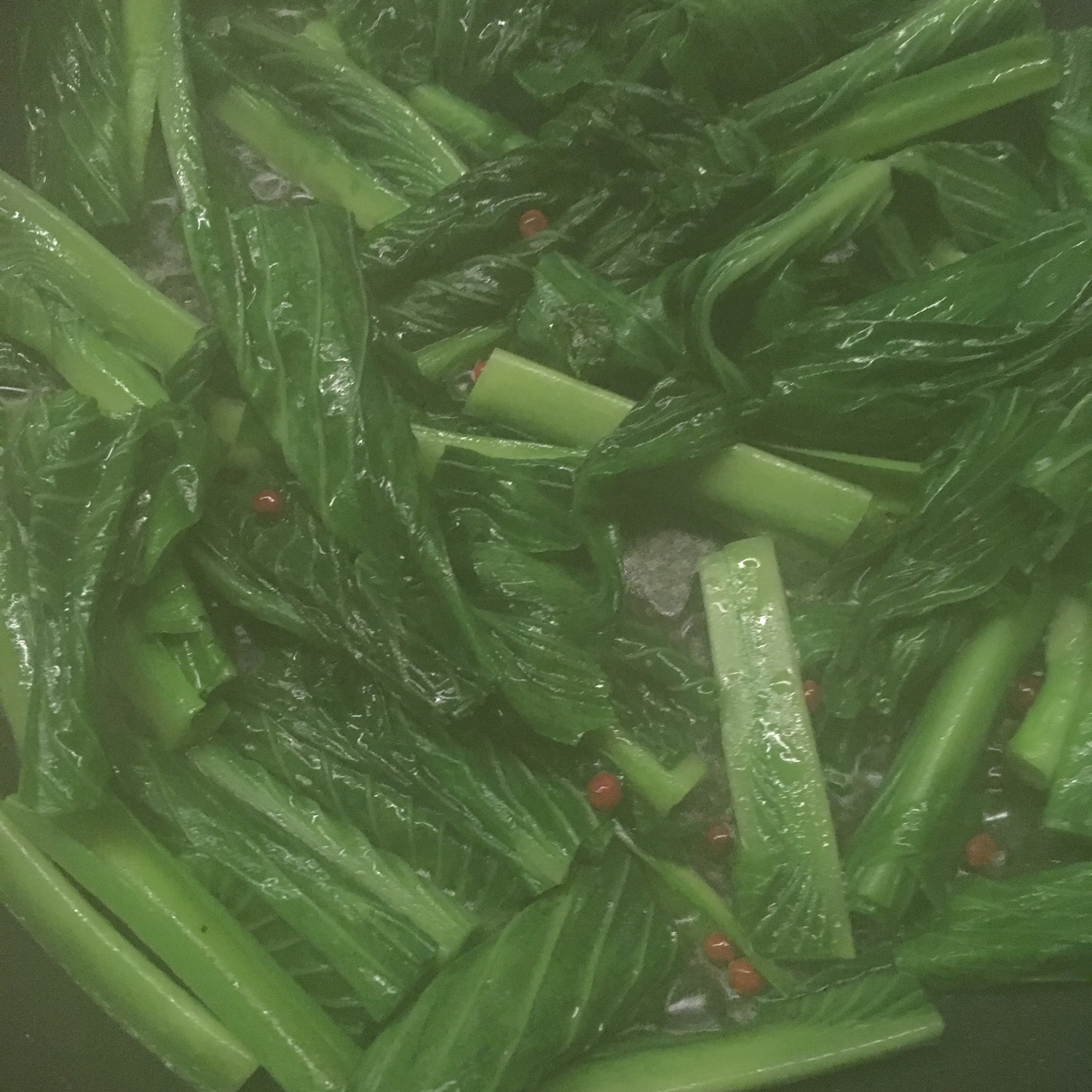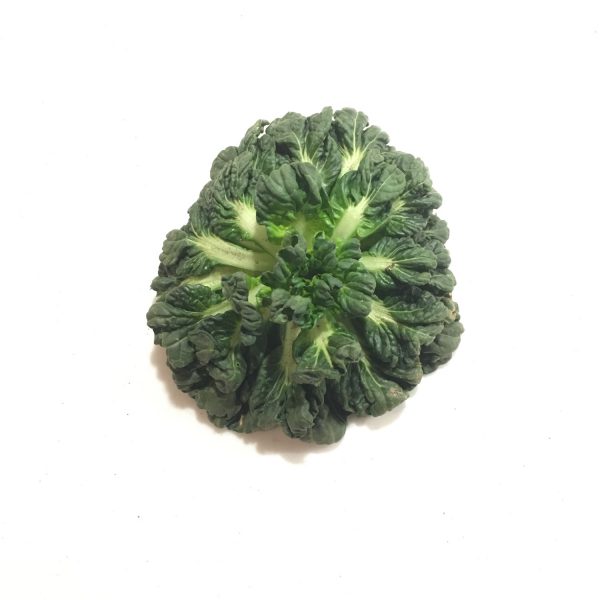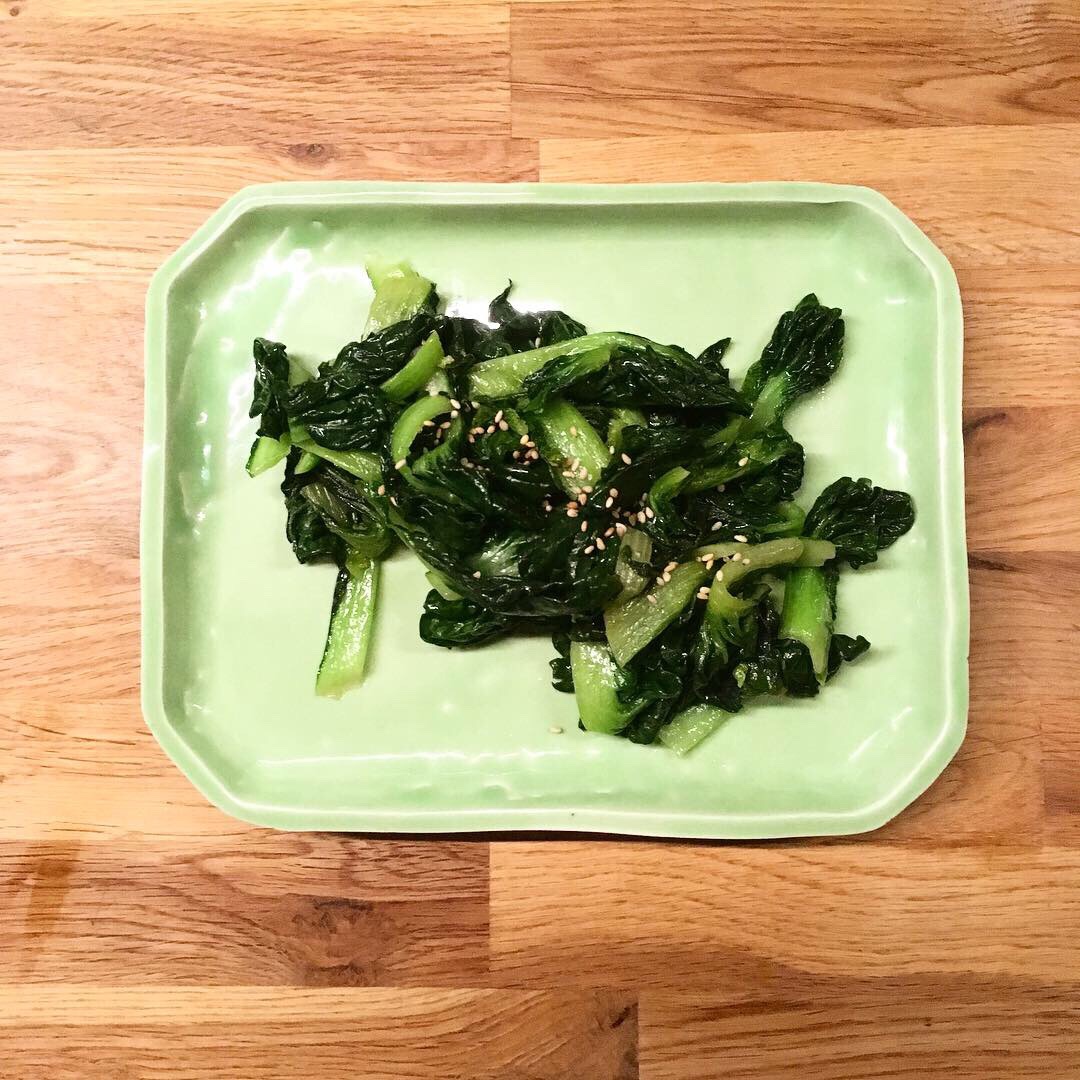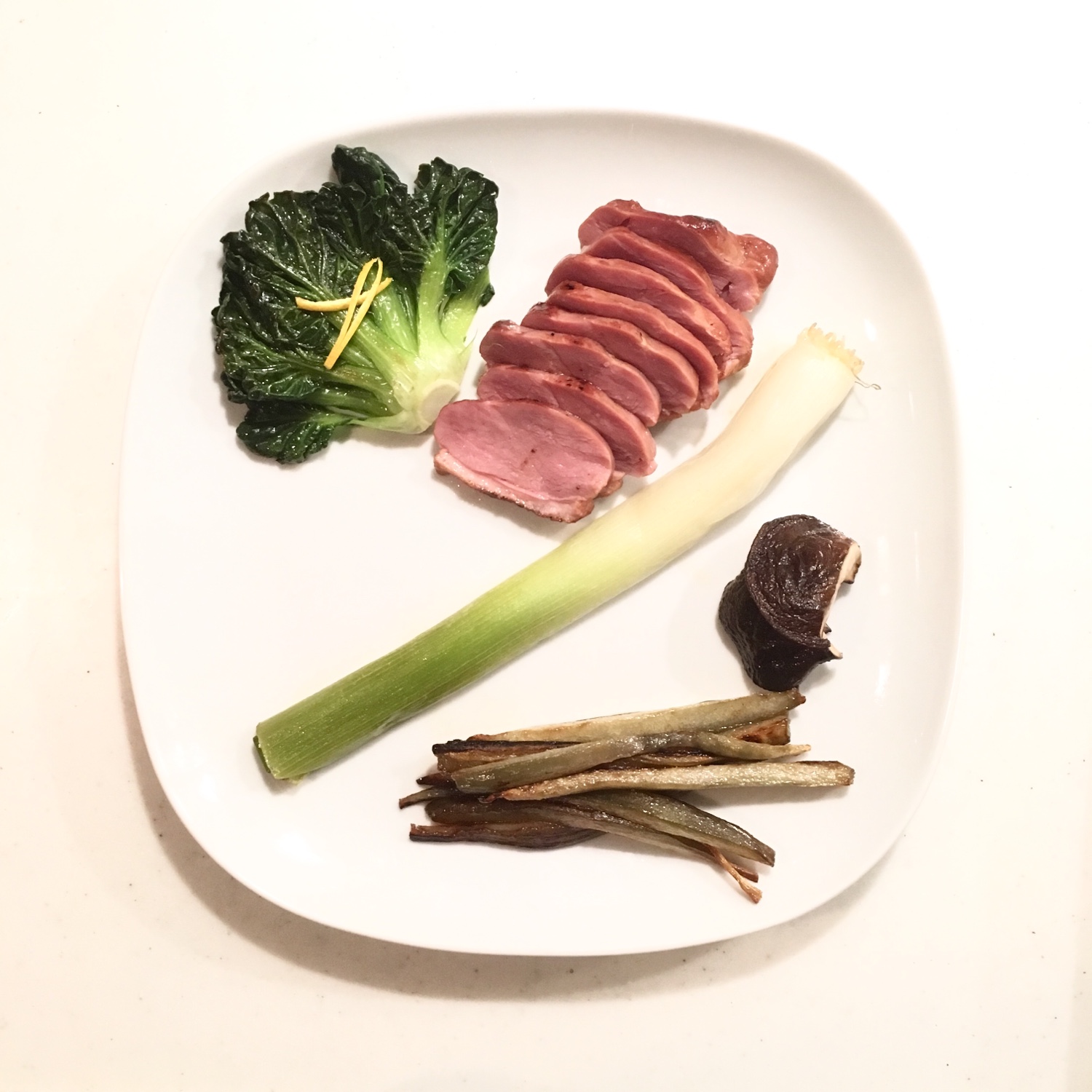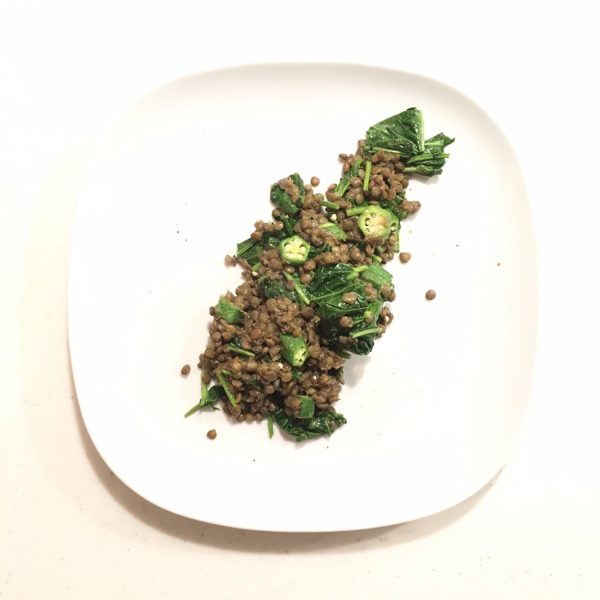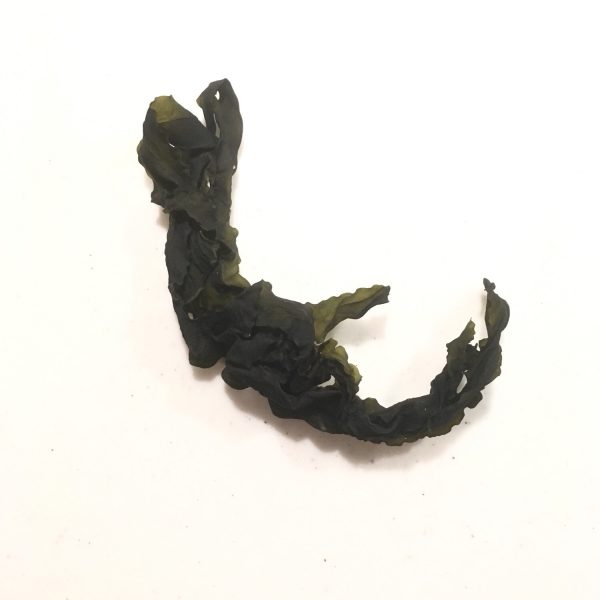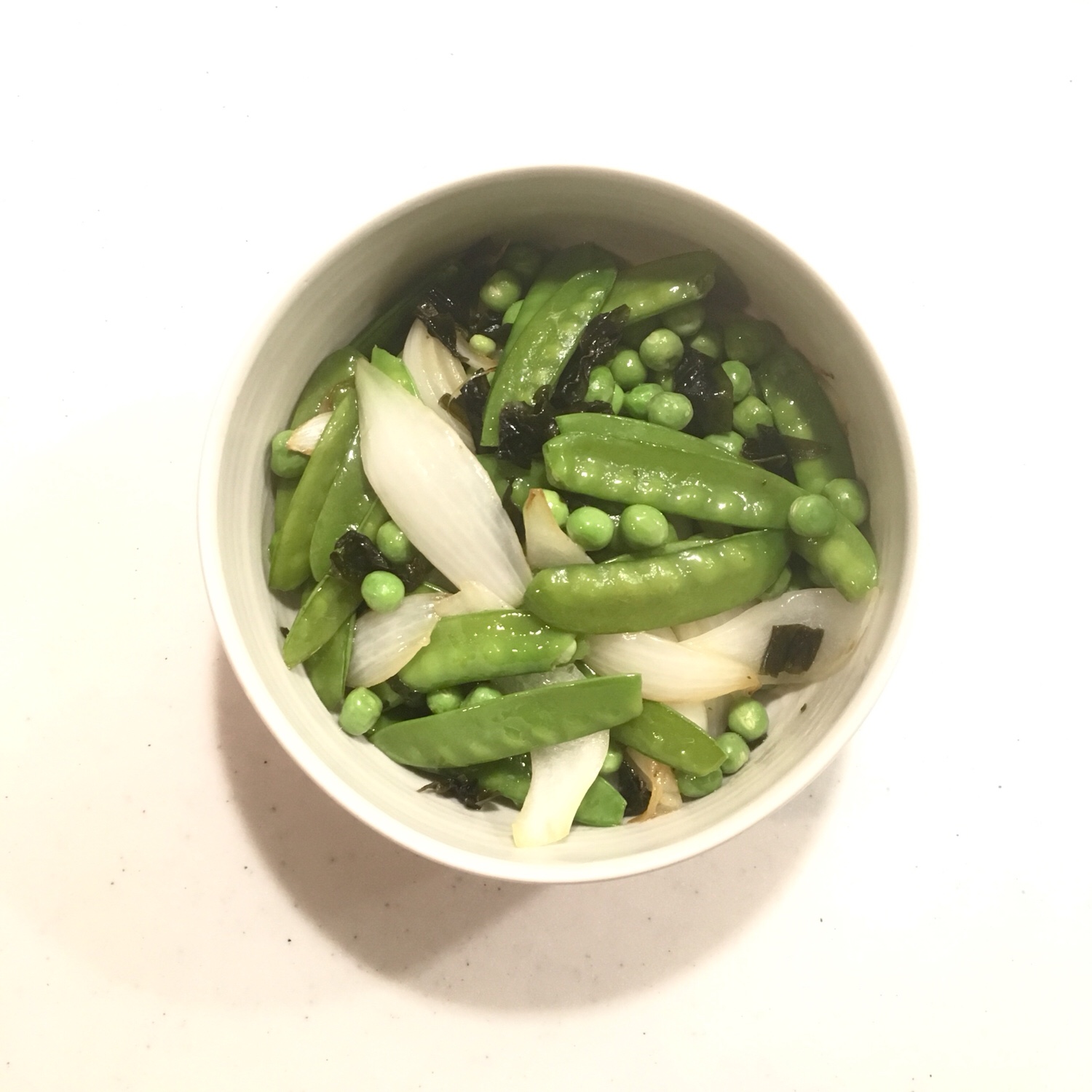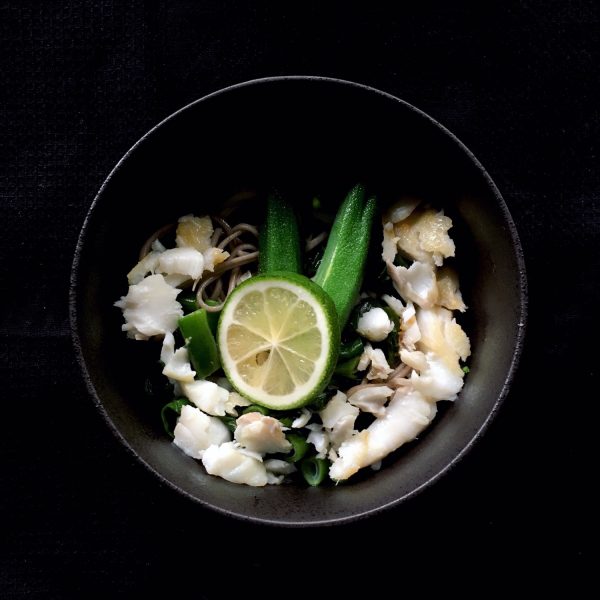I remember reading Natsume Soseki’s novels more than 20 years ago and not fully understanding how he could write that the new year celebrations were also marking the beginning of spring with plum trees blooming… until I realize he was talking of the former calendar and the lunar New year which is basically in February. And indeed at this time of the year spring is in the air. Not only plum tree are blooming, the spring vegetables are sprouting, it’s time for fukinoto and nanohana.
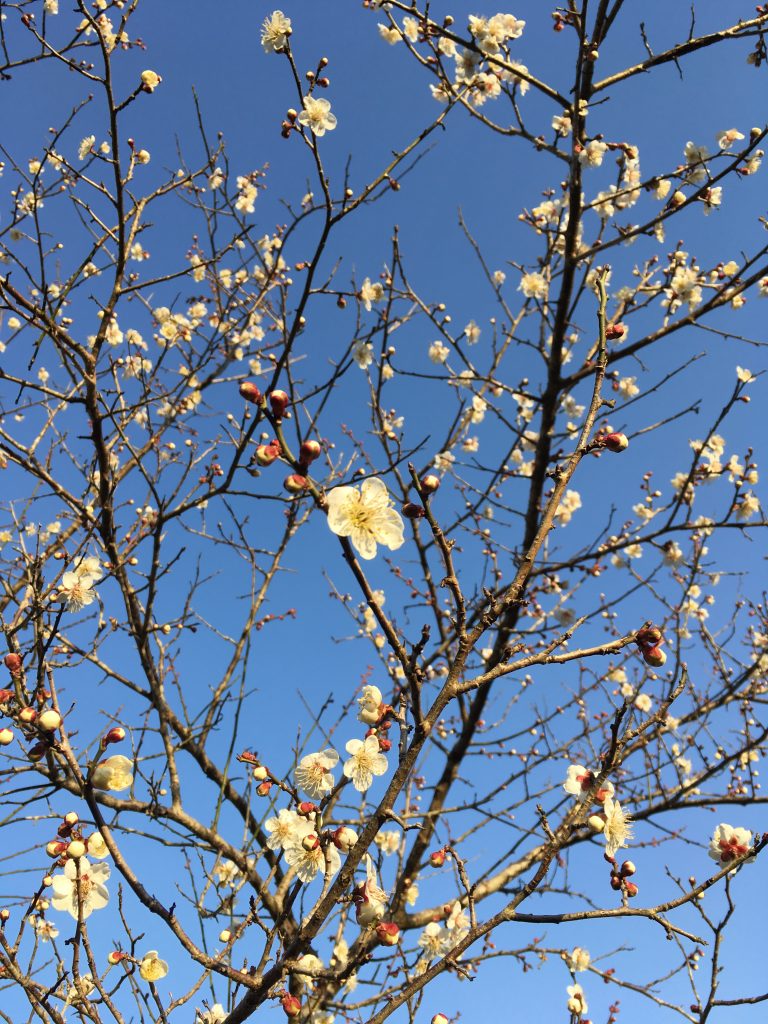
Nanohana, also called nabana 菜の花 or 菜花 that I often translated as canola is indeed a close relative indeed, but also of broccoli. The little yellow flowers at the top of this brilliant green stick and leaves, brings sunshine in any dish. And there can be many. It’s a very versatile vegetable, easy to prepare Japanese way or with western influences. I love nanohana in quiche or with pasta, in sautéed rice, with eggs, also cooked in dashi and topped with katsuobushi, and seasoned with soya sauce. As you can see I love it!
And maybe I love it that much because I believe that the first time I remember eating nanohana was at our wedding lunch, 14 years ago. Indeed, A. And I got married in winter, or rather early spring in the old calendar. And after the ceremony at the shinto shrine we celebrated with our guest in a ryoutei 料亭 we liked very much, in Ningyocho. And the chef who had carte blanche, impressed us with a combination of Japanese traditional and seasonal flavors, and some more western cuisine. Perfect given the mix of culture in our guests. So that’s when I remember eating nanohana.
Incidentally, nanohana is the emblem flower of Chiba prefecture, and the Isumi railway becomes picturesque when they bloom together with sakura (typically in a few weeks), I invite you to come and visit the area, it’s truly beautiful.
